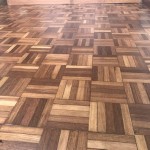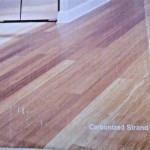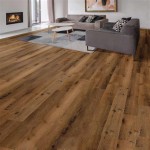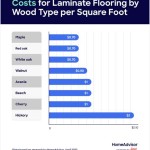Wood Floor Diagonal Direction: A Comprehensive Guide
When it comes to hardwood flooring, there are numerous decisions to make, from selecting the wood species to choosing the finish. One crucial element often overlooked is the direction of the planks. While most homeowners opt for a traditional parallel installation, placing the planks running parallel to the longest wall, there's a distinct charm and practical advantage to installing wood flooring diagonally. This article delves into the various aspects of diagonal wood flooring, exploring its aesthetic appeal, practical considerations, and potential drawbacks, providing you with a comprehensive understanding of this unique installation style.
Aesthetic Appeal of Diagonal Wood Flooring
A diagonal wood floor installation possesses an undeniable visual impact, bringing a touch of sophistication and dynamism to a room. The angled planks create a sense of motion, visually expanding the space and making it appear larger. This effect is particularly pronounced in smaller rooms, where the diagonal pattern can create an illusion of greater width and length. The diagonal orientation breaks up the monotony of parallel planks, adding visual interest and creating a more dramatic and intricate design. Moreover, this installation technique can emphasize the natural grain patterns of the wood, drawing attention to its beauty and complexity.
Practical Considerations of Diagonal Wood Flooring
Beyond its aesthetic appeal, diagonal wood flooring offers several practical advantages. The angled planks can help disguise imperfections in the subfloor, as the diagonal lines tend to minimize visual gaps between planks. This can be particularly beneficial if the subfloor isn't perfectly level. Additionally, the angled layout can make it easier to conceal seams and transitions, minimizing the need for intricate cuts and reducing the chance of noticeable gaps or uneven edges. However, it's essential to note that diagonal installation can be more challenging for DIYers, requiring a higher level of skill and precision compared to parallel installations.
Potential Drawbacks of Diagonal Wood Flooring
Although diagonal wood flooring offers several benefits, it's not without its drawbacks. The most significant consideration is the increased cost. Diagonal installation requires more material due to the waste generated from angled cuts, leading to a higher overall cost compared to parallel installation. Additionally, the installation process itself can be more time-consuming and labor-intensive, as it involves more complex cuts and precise measurements. This can translate to higher labor costs. Furthermore, the visual effect of diagonal planks can be overpowering in certain rooms, especially those with intricate architectural details or smaller proportions.

Hardwood Flooring Layout Which Direction Diagonal

Hardwood Flooring Layout Which Direction Diagonal

Which Direction To Lay Your Hardwood Flooring Riterug

Hardwood Flooring Layout Which Direction Diagonal

Interesting Hardwood Layout Patterns Flooring America

Which Direction To Lay Your Hardwood Flooring Riterug

The Best Direction To Lay Your Wood Flooring Forté

The Best Direction To Lay Your Wood Flooring Forté

Which Direction To Lay Your Hardwood Flooring Riterug

Which Direction To Lay Your Hardwood Flooring Construction2style
Related Posts








